
Aim High.
NW Wings Aviation is a locally owned and operated flight school based in Hillsboro, Oregon, offering a full range of aviation solutions for aspiring pilots and aviation enthusiasts alike.
From comprehensive flight training programs and engaging youth camps to scenic air tours, aircraft rentals, and our popular Pilot for a Day experience, we provide safe, professional, and memorable aviation services for all ages and skill levels. Whether you're pursuing a career in aviation or just looking to learn to fly for fun, NW Wings Aviation is here to help you take off.
Frequently asked questions
Unless you have arranged for travel-to-you instruction, your training will take place at our home airport KHIO (Hillsboro Airport), where we have comfortable classrooms, dedicated briefing spaces, and a well-maintained fleet. Most flights begin and end at this location, but you’ll also fly to other airports during cross-country lessons to build real-world skills and confidence. Our training environment includes access to controlled airspace, which helps prepare you for flying in busy areas while still offering plenty of open airspace for maneuvering practice.
Yes! We offer flexible scheduling to fit your availability. Whether you’re a student, a working professional, or have family responsibilities, we’ll help you build a training plan that works for you. Lessons are available on weekdays, weekends, and evenings. Consistent flying is ideal for faster progress, but we can work at your pace — whether that’s accelerated or relaxed.
Our fleet includes popular and reliable training aircraft like the Cessna 172 and Cessna 152 — ideal for both beginner and advanced students. Our 172's are IFR approved for instrument training. Each plane is meticulously maintained for safety and reliable use.
No experience is necessary to get started with flight training! Many of our students come in with no prior aviation background. We’ll walk you through every step — from your first lesson to your final checkride. All you need to begin is a student pilot certificate (which we help you get), a third-class FAA medical exam, and a passion for learning.
Yes, you can use your own aircraft for flight training as long as it meets FAA requirements for the type of training you're pursuing. It must be airworthy, have up-to-date inspections, and include the necessary equipment (like dual controls for instructional flights). We'll review your aircraft's maintenance records and ensure it’s approved before training begins. Using your own plane can reduce hourly training costs and help you get even more familiar with your own equipment.
To earn your Private Pilot License (PPL), you’ll need to complete at least 40 hours of flight training (20 with an instructor and 10 solo), though it may take closer to 55–70 hours to feel fully prepared. Training includes local flights, cross-country flights, takeoffs and landings, and emergency procedures. You’ll also complete ground school to learn aviation theory and regulations. Once you pass the FAA written exam, you’ll take a checkride with an FAA examiner that includes an oral exam and a flight test.
The Instrument Rating is an add-on to your Private Pilot License that allows you to fly in clouds and low visibility under Instrument Flight Rules (IFR). Training includes at least 40 hours of instrument flight time, including simulated or actual instrument conditions, cross-country IFR flights, and approaches into controlled airspace. You’ll study advanced navigation, weather interpretation, and systems. After completing the required training and ground instruction, you’ll pass the FAA written exam and an instrument checkride.
To earn your Commercial Pilot License, you’ll need to log at least 250 total flight hours, including specific cross-country, night, and solo flight requirements. The training focuses on flying with greater precision and mastering complex aircraft. You’ll perform advanced maneuvers like chandelles, lazy eights, steep spirals, and more. You’ll also need to pass a written knowledge test and a checkride with an FAA examiner. This rating qualifies you to get paid for flying and is a key step for careers in charter, cargo, or airline operations.
To become a Certified Flight Instructor (CFI), you must already hold a Commercial Pilot Certificate. CFI training includes both ground and flight instruction focused on teaching techniques, flight maneuvers, regulations, and safety practices. You’ll learn how to explain and demonstrate maneuvers clearly and safely to students. You’ll also take two FAA knowledge exams (Fundamentals of Instruction and Flight Instructor – Airplane) and a practical test with an FAA examiner that includes both oral and flight components. This is a great path to build flight time and launch a career in aviation.

